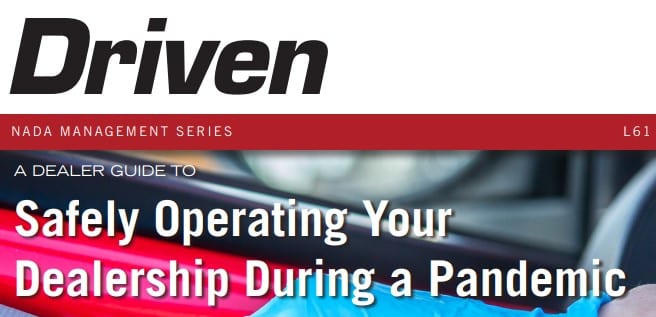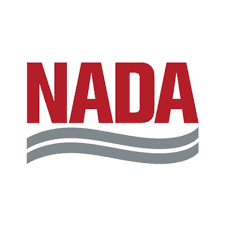By Andy Medici Senior Staff Reporter, Washington Business Journal
The Federal Reserve has expanded its $600 billion Main Street Lending Program to serve much smaller businesses. 
The move, announced Thursday, comes after the Federal Reserve accepted more than 2,200 comments about the proposed lending program from people, businesses and nonprofits. And while the program was first announced April 9, the Fed has yet to set a start date, saying that will be “announced soon.”
As for the expanded program, here’s what you need to know:
- The minimum loan amount under the program will now be $500,000 for new loans and priority loans, down from the originally proposed $1 million, opening up the program to smaller businesses. The “expanded” loan type will be a minimum of $10 million, designed for larger businesses.
- The ceiling for loans will also be raised to companies with up to 15,000 employees or up to $5 billion in annual revenue, compared with original thresholds of 10,000 employees or $2.5 billion in revenue when the program was first announced. That means much larger companies will now qualify for the program.
- There will be a new type of “priority loan” in which the Federal Reserve will buy 85% of the loan made by a bank, as opposed to the 95% the Fed will buy through its Main Street New Loan Facility and Main Street Expanded Loan Facility, announced earlier this month.
- All the loans will be for four-year terms with an adjustable rate of the London Interbank Offered Rate, or Libor, plus 3% ,which means a range of around 2.5% to 4%, with interest and payments deferred for a year.
- Companies that have received funding from the Small Business Administration’s Paycheck Protection Program can still be eligible for Main Street funding provided they meet the latter program’s criteria.
- For qualifying businesses, the process is the same as with the PPP: Go through partner banks to either take out new Main Street loans or receive boosts to existing loans. The businesses must “commit to make reasonable efforts” to maintain staffs and payrolls.
The Main Street Lending Program is funded by $75 billion from the the $2.3 trillion CARES Act signed into law March 27 and is part of a larger $454 billion in CARES Act funding earmarked for the Fed to help backstop programs meant to help businesses. The money bolsters the Fed’s ability to add credit to the existing monetary system, thus increasing the overall amount of dollars available to lend and fuels a slate of new programs meant to combat the economic damage caused by Covid-19 and social distancing measures put in place in recent weeks.
The other Federal Reserve programs include a loan facility for the PPP to allow banks to lend more to their customers by using existing loans as collateral for fresh money, as well as a new Municipal Liquidity Facility that will buy up to $500 billion in state and local governments’ debt to allow them to continue to borrow at reasonable rates — and avoid drastic cuts in services and jobs when citizens and small businesses need them most.
The changes also come as hundreds of thousands of small businesses rush to claim a portion of the hundreds of billions of dollars set aside for the second round of the SBA’s PPP, a forgivable loan in which most of the proceeds must go to payroll expenses. That money is expected to be fully authorized in the next few days.







